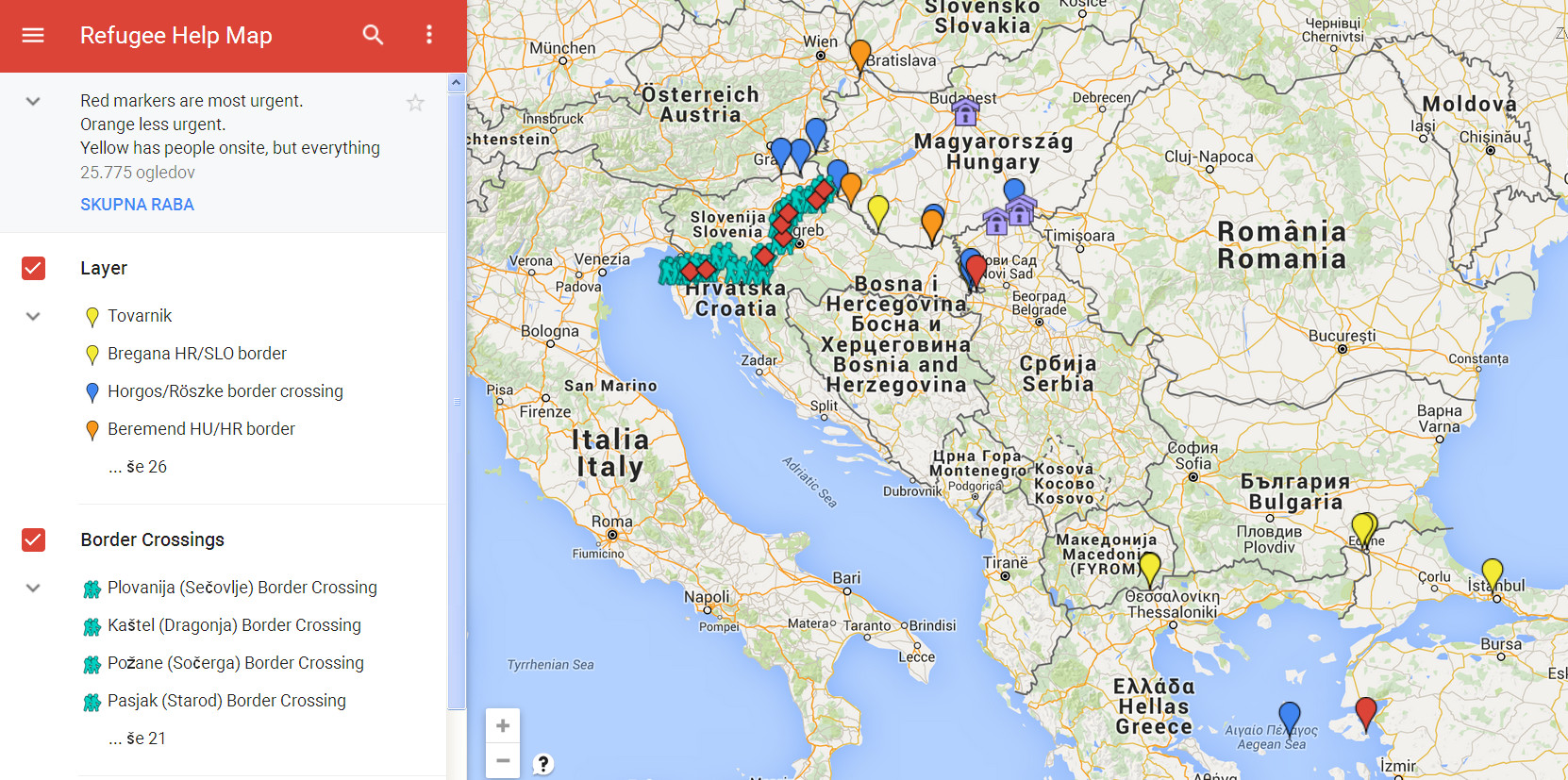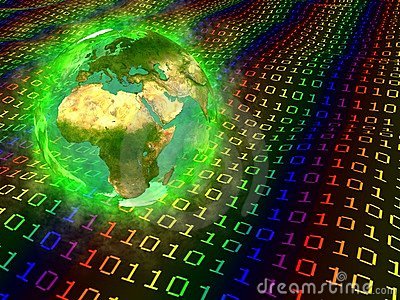Social media has changed the way we see the world. It has changed the way we communicate and interact at all levels. Tools like Twitter and Facebook now allow global interconnectivity that goes far beyond countries borders, political systems, and ideologies. But social media is only the most visible part of the shift currently weaving into the fabric of foreign policy.
Governments are now looking for a higher level of engagement that goes beyond social media and at the same time harnesses the power of digital tools to open a dialogue with more than just official entities and diplomatic elites. It is a phenomenon that has brought to the international stage new non-state actors, including citizens, networks, government agencies, regional entities, businesses, foundations, non-governmental organizations… and the list goes on.
“Diplomacy has traditionally been depicted in literature and movies as intrinsically secret and full of intrigue, carried out by few actors, with public opinion playing a passive role, if any,” wrote former Italian Foreign Minister Giulio Terzi in his preface to the book, Twitter for Diplomats. “This description was quite true in Talleyrand and Metternich era and partly throughout in the XXth century. Over the last decade, however, the widespread use of the Internet, and particularly social media, ushered in a new era,” he continued.
Today, it’s not only about restricted bilateral meetings, or ministerial summits. Now world leaders and foreign ministers are tweeting, Facebooking, Instagramming, Youtubing, and blogging. Of course, face-to-face traditional diplomacy is important, but it has evolved: Governments are now proactively searching for sources of engagement and dialogue and at the same time they’re gauging and analyzing new emerging actors. It is a global conversation that has shifted vertical hierarchies into horizontal webs, thus forming a conversation where all players interact with each other and where governments are part of the game, rather than the one exclusively controlling it.
The current diplomatic, social, and economic environments are ripe with examples of how interconnectivity plays out: Davos, a global forum that brings together world leaders, corporate tycoons, academics, and bloggers on one stage; the Clinton Global Initiative, running alongside the September high-level meetings of the United Nations in New York; the Social Good Summit, a live-streamed three-day global forum encompassing events all around the world to discuss ideas and innovative solutions to the most pressing challenges; or even the TED conferences, devoted to “Ideas Worth Spreading,” as per TED’s motto.
Partnerships and grassroots networks are also becoming prevalent. It is the idea behind the TechCamp program at the U.S. Department of State, an effort to galvanize the technology community to assist civil society organizations across the globe by providing capabilities, resources, and assistance to harness the latest technological advances in order to build their digital capacity. Similarly, the European Commission in Brussels has implemented programs — and provided funds and grants — to encourage partnerships between governments, local authorities, and non-state actors to get more involved in development issues.
It is a new web of networks — it might sounds at first an oxymoron but it seems to fit the description well — in which both governments and non-traditional actors look for partners to achieve common solutions, face common challenges, and at the same time fulfill their agendas. This is what Princeton University Professor Anne Marie Slaughter, a former Director of Policy Planning at the U.S. Department of State, calls the “Lego World.”
Indeed, the power of ideas solidly stands behind this new global interconnectivity. It is what sustains it. Ideas have been given a true platform strengthened by different levels of engagement, dialogue, and interactions.
“If we are going to have a dialogue — as opposed to I am going to talk at you and you are going to talk at me — then you have to sense that I am listening,” writes Professor Slaughter, recently named President of the New America Foundation, in the Journal of Law and International Affairs of the Pennsylvania State University. “If you sense that I am willing to be persuaded, you will be much more willing to be persuaded yourself. Leadership in this context often requires a willingness to change your own mind, to alter your own preferences within the broad parameters of the common mission.” This is a very different form of power than command or controlling agendas or shaping preferences. Both exist. I do not think there is any structure in the world that does not have some hierarchy and some web.
The Arab Spring is possibly the first instance where a new sense of global interconnectivity — while not absent before — became more evident. Social media exponentially increased a complicated web of interactions where a new, very visible actor clearly emerged on the international stage: the Arab people. Thanks to mobile technologies they rapidly organized in networks and communities, while reshaping their own future through grassroots organizing.
In the case of the Arab uprisings, the role of social media tools certainly accelerated the process, rather than causing it.
A new study by the Pew Research Center suggests that in that instance faith in social media wasn’t misplaced — users in Lebanon, Tunisia, Egypt and Jordan still take to social networks to discuss politics at nearly twice the rate of their Western counterparts.
“Expressing opinions about politics, community issues and religion is particularly common in the Arab world,” reads the Pew report. “For instance, in Egypt and Tunisia, two nations at the heart of the Arab Spring, more than 6 in 10 social networkers share their views about politics online. In contrast, across 20 of the nations surveyed, a median of only 34 percent post their political opinions. Similarly, in Egypt, Tunisia, Lebanon and Jordan, more than seven-in-ten share views on community issues, compared with a cross-national median of just 46 percent.”
A new wave of innovation — for some nations a veritable proactive search for innovative tools — has also forced diplomacy in to a new adaptation cycle that is still undergoing. In a way, it is as if the DNA of diplomacy altered: a sort of genetic adaptation to new ideas that is transforming traditional diplomacy into “social” diplomacy.
We now live in an era where the “social” character of foreign policy has not only entered governments’ agendas, but in some cases it has become a driving force of change and recalibration. Forming communities, being part of networks, being able to recognize and getting involved in grassroots dynamics is now more vital than ever before, whether online or offline.
“The geometry of global power is becoming more distributed and diffuse even as the challenges we face become more complex and cross-cutting,” former U.S. Secretary of State Hillary Clinton wrote last summer in the New Statesman. “That means that building coalitions for common action is becoming both more complicated and more crucial.”
We all have to recognize that technology has become a formidable foreign policy tool to facilitate and expand global interconnectivity, what back in 2010 Clinton called a new “nervous system for our planet.” It has become an important factor when analyzing how the world is reshaping itself to avert risks and map new challenges. But technology has certainly not been the focus of foreign policy, nor the mean. This is an area where innovation — rather than technology per se — has a central role in diplomacy’s new set of mind.
Follow Andreas Sandre on Twitter:
www.twitter.com/andreas212nyc






